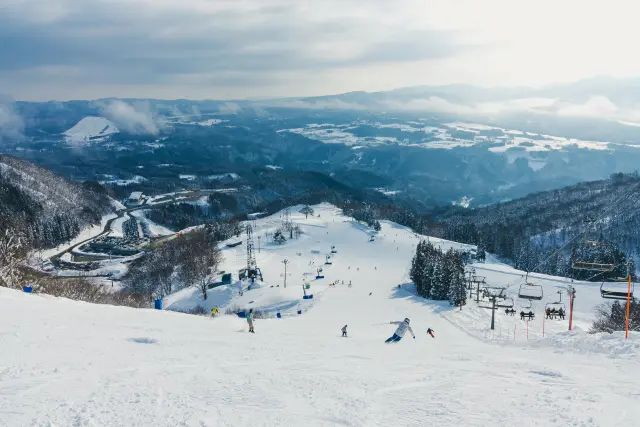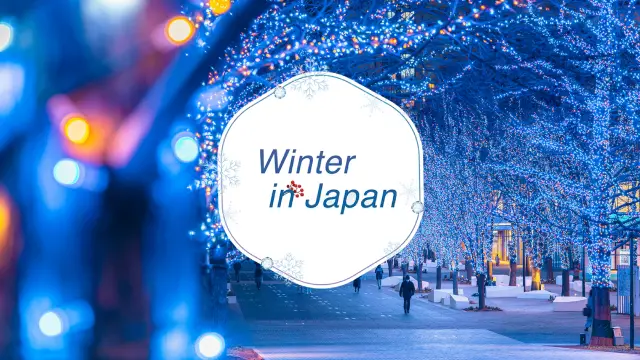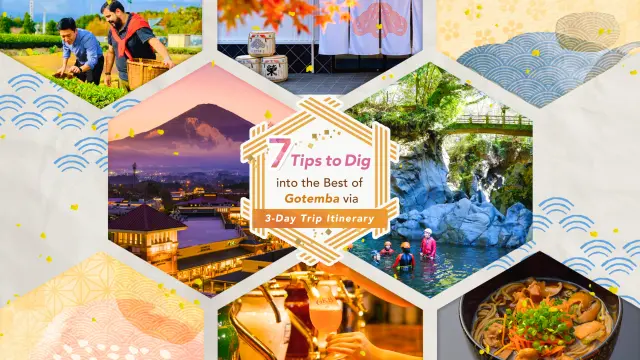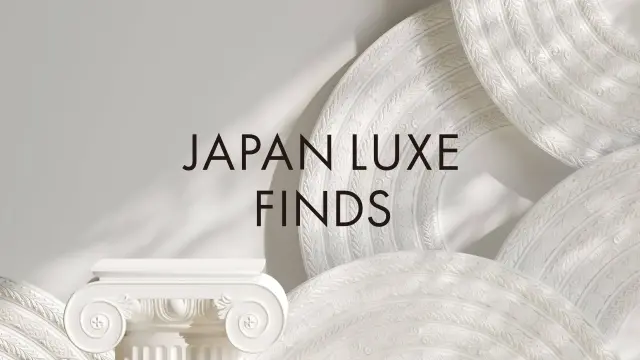"Ukai," or cormorant fishing, is an ancient fishing method in which cormorants are skillfully maneuvered to catch river fish. On "Ubune" boats, the “Usho” fishermen use ropes to control up to 12 cormorants. The skilled techniques that result from the bond between the cormorants and the master, who treats the cormorants like family, can be seen from the observation boats.
A document in the Shosoin archives mentions a cormorant fisherman in Mino Province (present-day Gifu Prefecture), so cormorant fishing on the Nagara River in Gifu Prefecture is thought to have been practiced for more than 1,300 years. There is also a record of Ashikaga Yoshinori, the Muromachi Shogun, viewing a cormorant fishing event on the Nagara River, and it has been popular for centuries.
Cormorant fishing evolved as a form of entertainment during the reign of Nobunaga Oda, and he entertained his guests with cormorant fishing. During the Edo period (1603-1867), the Shoguns continued to support cormorant fishing, and three locations along the Nagara River were later designated as exclusive imperial fishing sites.
The cormorant fishing method is said to have been inspired by the cormorant's easy handling and friendly nature, as well as its habit of spitting out the fish it holds in its throat as it flees. Because cormorant-caught fish die in an instant, they retain their fat and freshness, and cormorant-caught sweetfish is considered a premium-quality product.
Highlights
-
Visitors can observe the ancient cormorant fishing method from a boat.
-
The ethereal sight of fishing boats with fires reflected on the river’s surface is breathtaking.
-
The Usho’s skillful handling of the cormorants is a must-see.








![[Gifu City Sample Itinerary] An Unforgettable Trip in Gifu, the City Tied to the Legend and Warlord Oda Nobunaga.](https://static.gltjp.com/glt/data/article/21000/20590/20240130_152022_e2509bbc_w640.webp)





















